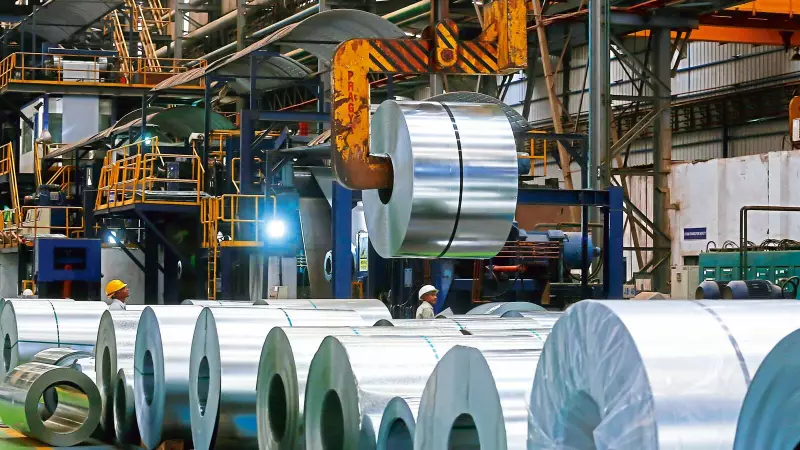
India's steel sector is navigating turbulent waters as a perfect storm of oversupply and aggressive imports sends domestic prices spiraling downward. Major players including Tata Steel, JSW Steel, and Steel Authority of India Limited (SAIL) are feeling the squeeze in what industry experts are calling one of the most challenging periods in recent memory.
The Price Plunge: What's Driving the Downturn?
Domestic steel prices have tumbled to their lowest levels in eight months, creating significant pressure on profit margins across the industry. The primary culprits behind this dramatic decline include:
- Massive oversupply in the domestic market
- Increased imports from countries like China, Vietnam, and South Korea
- Subdued demand from key construction and infrastructure sectors
- Competitive pricing pressure from international suppliers
Import Invasion: The Numbers Tell the Story
The influx of cheaper imported steel has reached alarming proportions. Industry data reveals that finished steel imports surged by 19% year-on-year during the first ten months of the fiscal year, while exports witnessed a concerning 35% decline during the same period. This imbalance has created a domestic market flooded with affordable alternatives that domestic producers are struggling to compete with.
Industry Giants Under Pressure
The ripple effects are being felt across India's steel landscape. Tata Steel, JSW Steel, and JSPL have all reported significant margin compression in their recent quarterly results. Even state-owned SAIL, which typically maintains steadier performance, is showing signs of strain as market conditions deteriorate.
"The current scenario represents one of the most challenging environments we've faced in recent years," noted an industry analyst who preferred to remain anonymous. "Domestic producers are caught between rising input costs and falling selling prices, creating an unprecedented squeeze on profitability."
Government Intervention: A Ray of Hope?
Industry leaders are increasingly looking toward New Delhi for potential relief measures. The steel sector has been actively lobbying for increased import duties or other protective measures to level the playing field. However, with general elections looming, the government's response remains carefully calibrated to balance industry concerns with broader economic considerations.
The Road Ahead: Challenges and Opportunities
While the immediate outlook appears challenging, some silver linings emerge on the horizon. The government's continued focus on infrastructure development and the potential for post-election economic stimulus could provide much-needed demand boost. Additionally, industry consolidation and operational efficiency improvements may help domestic producers weather the current storm.
The coming months will be critical for India's steel sector as it navigates these complex market dynamics. How quickly domestic demand recovers and whether policy interventions materialize will determine whether this price correction represents a temporary setback or a more fundamental market realignment.





